This post contains affiliate links. As an Amazon Associate, I earn from qualifying purchases. For more information read my Disclaimer page.
There are many different types of sugar in the world, and then there are also those fantastic sugar substitutes. Each type has a unique flavour profile, and each one can 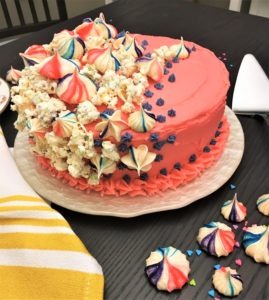 affect the taste of your bake or even how it turns out. Some basic facts about sugar will go along way to help you chose the right ingredient for what you are making. When baking the sugar has a few jobs, including:
affect the taste of your bake or even how it turns out. Some basic facts about sugar will go along way to help you chose the right ingredient for what you are making. When baking the sugar has a few jobs, including:
- adding sweetness and flavour
- helps create tenderness in your bakes
- retains moisture and helps your bakes stay fresher longer
- acts as a creaming agent with fats (allows the fat to become soft and fluffy) and helps eggs foam
- acts as a food source for yeast
Sugar Processing:
Most of the sugar we use in baking is refined from sugar cane. Sugar cane grows in tropical areas, and the first set of processing takes place there. The cane is cut and crushed to remove the juice. The juice is then cooked down, and seed crystals are added to promote crystallization. At the end of this stage, you would have raw sugar, which ships to other factories for further processing.
The raw sugar starts with a thin layer of molasses on the outside which is removed; at this stage, the sugar would be Turbinado Sugar. The removal of the molasses is done by mixing the sugar with the hot syrup and spun rapidly. Once all the molasses is removed, and the sugar crystals are broken down into smaller crystals, you would have your white sugar. To make brown sugar, they add molasses back into the white sugar. This is a simplified version of what happens with the sugar, but I wanted to make sure that you had a basic understanding.
Types of Sugar:
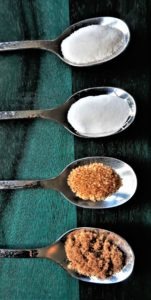
From top to bottom: Granulated sugar, caster sugar, turbinado sugar, and dark brown sugar
Granulated Sugar:
Sometimes called table sugar. This is the stuff you find everywhere and what 90% of recipes will ask for when they need sugar. It is a very utilitarian sugar; you can use it for just about any baking project.
Caster Sugar:
Also known as berry sugar. Caster sugar is a very fine form of granulated sugar and will dissolve quickly, which is why its uses include making jams or jellies. I like to use it when making meringues or macarons since it will dissolve rapidly in the egg whites. Some cake recipes may ask for caster sugar for its ability to create uniform batters
Confectioner’s Sugar:
Also known as icing sugar or powdered sugar. This sugar is finely milled until it is a powder. Corn starch is added to it so that it doesn’t clump together. It is used more for making icings and decorating. It dissolves very quickly. I use it in my glazes and buttercream recipes.
Turbinado Sugar:
More commonly called raw sugar, yes, this is the stuff that you find in the raw sugar packets on restaurant tables. It is a courser sugar, so I typically use it for sprinkling on top of desserts like my rustic peach pies. You can use it if you are heating the sugar so that it melts, because of the larger crystal it wouldn’t work well in batters. Since it hasn’t had all the molasses removed it does have a unique flavour.
Brown Sugar:
There are different types of brown sugar on the market. Each type has a varying amount of molasses, caramel, and other impurities in it to change the flavour. Brown sugar also contains some acid, so it helps activate baking soda in baked goods. I love using brown sugar because it has a very complex flavour, my favourite kind is dark brown sugar.
Types of Liquid Sugar:
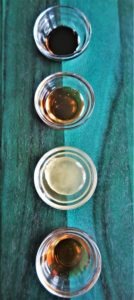
From top to bottom: molasses, dark corn syrup, honey, maple syrup
Molasses:
As stated in the processing, molasses is just a concentrated sugar cane juice. Once they extract the sugar, you are left with molasses. Like brown sugar, it does contain some amount of acids, so it has some effect on leavening. It also has the added benefit of adding moisture to your bake, and helps keeps things fresh.
Corn Syrup:
Made from modified corn starch where not all the starch has turned into sugar. That all seems a little confusing, but what it means its that it adds moisture and tenderness to baked goods.
Honey:
A natural sugar made up of glucose and fructose, plus some other stuff that adds flavour and colour. There are many different types of honey. The flavour depends on the flowers the bees pollinated before making honey. Honey also contains a small amount of acid, which will help with leavening.
Maple Syrup:
Maple syrup comes from the sap of maple trees that has been boiled down to create a unique syrup. I like using it in different bakes because it adds a lovely flavour as well as helps them retain moisture. As stated in a previous post I added it to my pumpkin muffin recipe to add flavour and moisture.
I hope that this has helped you better understand the terrific variations in the world of sugar and the vital role it plays in your baked goods. There are plenty of other types of sugars and sweeteners out there, but if I got to all of them, it would make for a very long post. If you do have health issues and need to cut back on sugar, there are plenty of resources available for how to substitute one type of sugar for another. Here is a post I found on Hello Flavour website for substituting sugar for honey. Don’t be afraid to look around online and to experiment. Good Luck and Happy Baking.
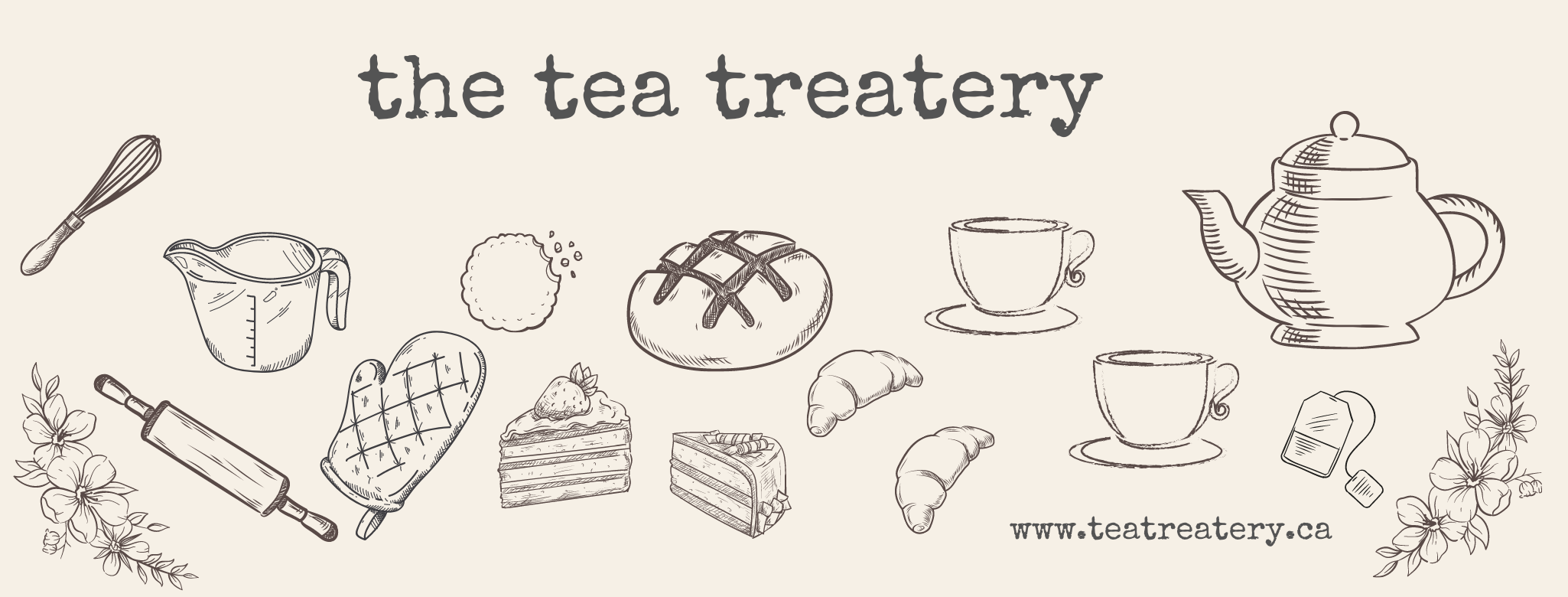
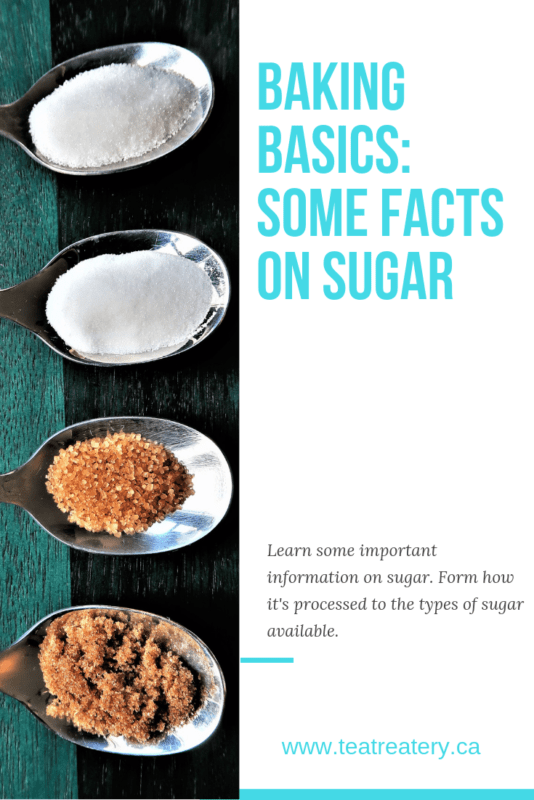
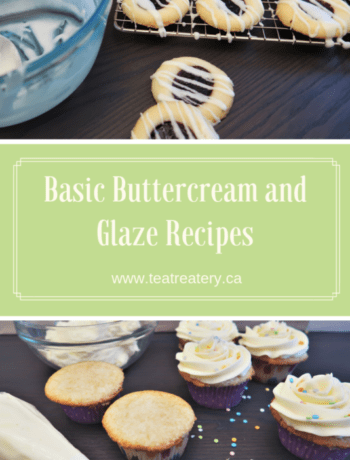
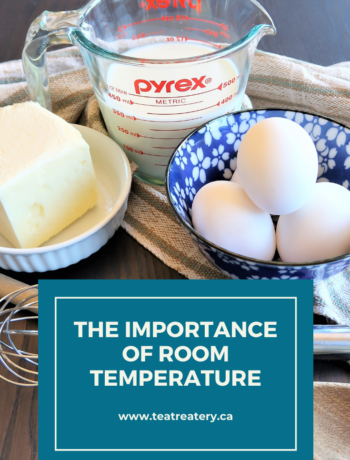
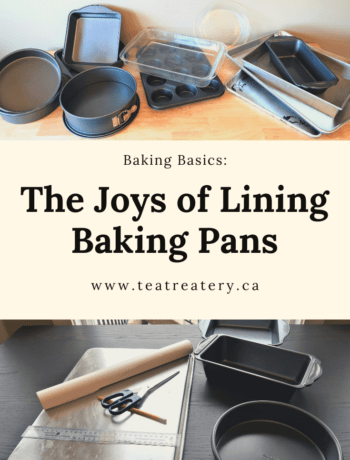
No Comments